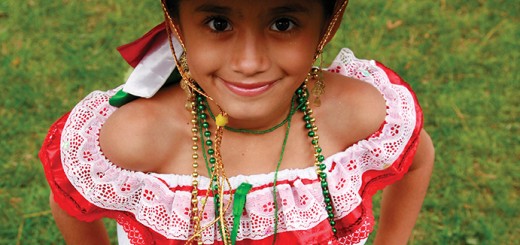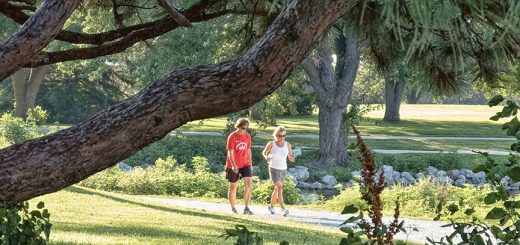Husker Football

by Ken Hambleton
Hope comes in small numbers for Nebraska football.
Hope also comes in great big numbers for the Huskers: five national championships, 46 conference titles, and a sold-out Memorial Stadium for every home game since the fall of 1962.
But the little numbers may be the difference this season.
The single-digit numbers awarded to nine Nebraska football players in August 2024 represent the best of the latest Husker football team.
Nine of those wearing single-digit numbers represent
the defense.
The top defensive players are defensive linemen Nash Hutmacher, Jamari Butler, and Ty Robinson, linebacker John Bullock, and defensive backs Marques Buford, Tommi Hill, Malcoln Hartzog, and DeShon Singleton.
There may be a perfect complement on offense with highly-touted “generationally talented” quarterback Dylan Raiola, tight end Thomas Fidone, running back Rahmir Johnson, and an experienced offensive line.
And the whole package is the work of second-year head coach Matt Rhule and his staff of assistant coaches.
Rhule represents the hope for a return to the glory days of Nebraska football.
Since Frank Solich’s firing in 2003 and Tom Osborne’s retirement in 1997, a long string of disappointments have not diminished the fervor, pride, and football dreams of Husker fans everywhere.
Sure, Nebraska fans have maintained the home game sellout streak that started in 1962, and the Huskers are the biggest news topic in the state throughout every year — yes, even through the winter and spring.
Red shirts, red hot dogs, red hats, red pennants, red dresses, Herbie Husker, and everything else
tied to NU football are always favored in Nebraska each year.
But the optimism under Rhule has reached a fever pitch not seen in Lincoln in a long time.
Long-time fans got used to winning — everything — under Bob Devaney and Osborne, when Nebraska won national championships in 1970, 1971, 1994, 1995, and 1997 and played in three other title games. The Huskers won 46 conference football titles. NU was always a top-10 team.
Former head coaches Bob Devaney and Tom Osborne built a program that has played 35 consecutive bowl games and has a record unmatched in modern college football.
But those records are in the past. The last conference title was in 1999. After an overwhelming string of finishes in the top 10 and even the top 5 nationally, the Huskers have finished among the nation’s elite just twice since 2002.
The list of names on the stadium ring of honor includes Heisman Trophy winners Eric Crouch, Mike Rozier, and Johnny Rodgers; Outland Trophy winners Dave Rimington; quarterbacks Jerry Tagge and Tommie Frazier; defensive giants Grant Wistrom, Trev Alberts, Ndamukong Suh, Jason Peter, and Mike Brown; and the members of the famous “Pipeline” of offensive linemen.
Rhule has rebuilt the strength and nutrition programs and witnessed the completion of the Tom Osborne football facility.
Traditions are strong: the unity walk of fans and players to the stadium, along with the Cornhusker marching band, huge crowds throughout downtown all day on game day, and the roar of crowds that jam the 101-year-old Memorial Stadium.
Nebraska football drives the local economy and supports 21 sports at NU, excluding the actual
cost-covering men’s basketball and women’s
volleyball programs. The Huskers drive the conversations and reports on radio stations, local TV stations, newspapers, and many restaurants and bars throughout Lincoln.
With the addition of USC, UCLA, Oregon, and Washington to the (now) 18-member Big Ten, the drama continues to build this season.
Nebraska stays ahead of the pack in NIL (names, image, and likeness) funds for players, has covered the country seeking recruits and transfers.
Sure, many things have changed since the days of George Flippin, the first black player in college football west of the Mississippi River, in the 1890s, to Forrest Behm the 1940s, to coach Jumbo Steihm in the early 1900s to Bobby Reynolds in the 1950s, Bob Brown in the 1950s, Will Shields and Neil Smith, Roger Craig and Tom Rathman, and Ahman Green and Roger Craig, Turner Gill and Tom Rathman in the 1980s and 1990s.
But the hopes have never dwindled, and the fun of wearing red on a gameday has never diminished.














Recent Comments